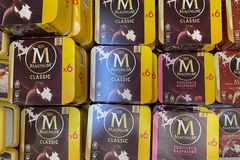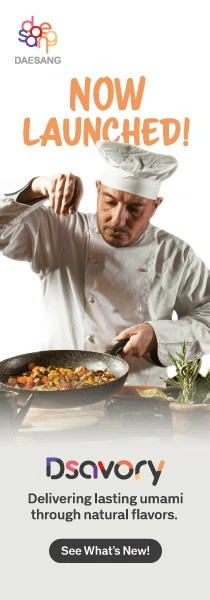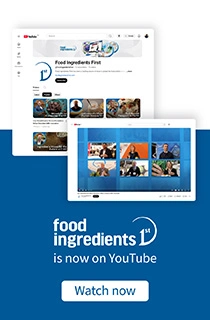
- Industry news
Industry news
- Category news
Category news
- Reports
- Key trends
- Multimedia
- Journal
- Events
- Suppliers
- Home
- Industry news
Industry news
- Category news
Category news
- Reports
- Key trends
- Multimedia
- Events
- Suppliers
Unit-Level Traceability Debuts for Produce

The coded carton of clamshells is then labeled with a special master carton label, which is scanned in the field to associate the detailed harvest data with that particular group of clamshells.
10/08/07 Eagle Eye Produce began using HarvestMark a 2-D bar code-based technology that provides instant unit-level traceability, at its Layton, UT, facility in June.
The base technology is provided by Corporate Express Document & Print Management (CEDPM), a subsidiary of Corporate Express , via a solution from YottaMark
Idaho Falls, ID-based Eagle Eye will use HarvestMark on packs of products including tomatoes, peppers, melons and potatoes to provide instant traceability for its fresh produce offerings, according to Eagle Eye produce warehouse manager Mike Jacobson.

HarvestMark permits anyone, anywhere, to instantly trace fresh produce via the Web or cell phone from the home or store back to the specific ranch, field and date on which it was picked. It provides unit-level, consumer-facing traceability for field-packed fresh produce and gives consumers confidence in, and information about, the safety of their food.
HarvestMark's unique, secure, and nonsequential codes are printed on approximately 3/4"x1/2" labels next to the product's traditional bar code using a variable data printing process that are applied as standard labels to clamshells or other containers. The coded carton of clamshells is then labeled with a special master carton label, which is scanned in the field to associate the detailed harvest data with that particular group of clamshells. Visitors to can obtain precise data about their purchase using the product's unique code.
'Instant traceability'
"We are pleased to have HarvestMark's instant traceability," Jacobson says. "We'll be able to trace produce all the way back to the original box which in turn will trace it back all the way to the original field where it was grown." Jacobson tells Packaging World the company began using HarvestMark in June, starting with one of its largest customers, adding that its education using the system continues.
Jacobson noted that traceability had been difficult in the past, and ease of use was a major factor in selecting HarvestMark. "We did not have a previous traceability system and were looking for one when we came across this," he says. "We have long desired to have an efficient recall system and this appears to be our answer."
Jacobson says that past attempts to trace produce really did not go down to the unit-level. The industry mainly ran a paper trail, with physical marks stamped on clamshells, physical stickers, or ink stamps to identify where the field produce was being sourced from. It was not very efficient, since you needed to have someone apply a sticker at each stage, he says.
"The HarvestMark process is relatively easy and we do not lose time while we are packing on the line," says Jacobson, who indicates personnel are using semi-automatic hand-held label applicators.
Jacobson tells PW that the system is highly cost effective. "The cost is a plus at about a penny a container, whi










